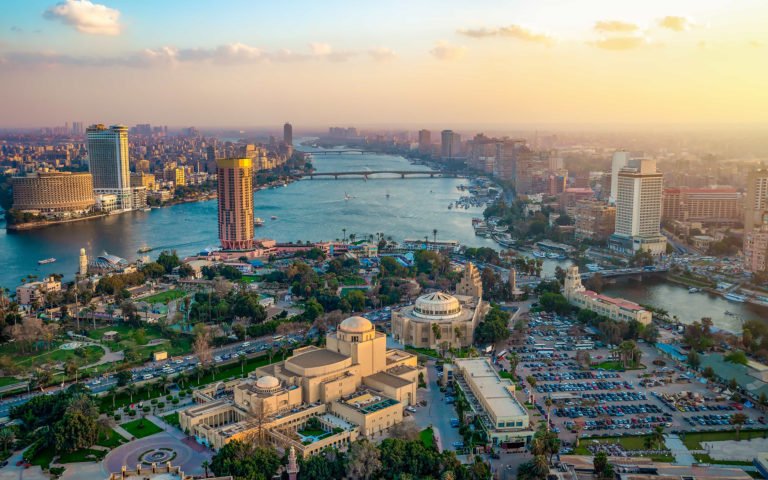
History
Ancient history and settlement.
Giza is most famous as the location of the Giza Plateau, the site of some of the most impressive ancient monuments in the world, including a complex of ancient Egyptian royal mortuary and sacred structures, including the Great Sphinx, the Great Pyramid of Giza, and a number of other large pyramids and temples. Giza has always been a focal point in Egypt’s history due to its location close to Memphis, the ancient pharaonic capital of the Old Kingdom. Its St. George Cathedral is the episcopal see of the Coptic Catholic Eparchy of Giza.

Geography
The city of Giza is the capital of the Giza Governorate, and is located near the northeast border of this governorate. The city’s population was reported as 2,681,863 in the 2006 national census, while the governorate had 6,272,571 at the same census, without specifying what the city is. The former figure corresponds to the sum of 9 kisms.
Technically, Giza may not be an incorporated municipal unit, and therefore not a city at all. In a typical Egyptian fashion, there are two districts within the Governorate with the same name: a qasm and associated markiz. Some 9 urban kisms of Giza Governorate form collectively a contiguous area of 98.4 km2 on the Nile directly opposite Cairo.



